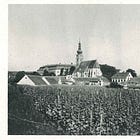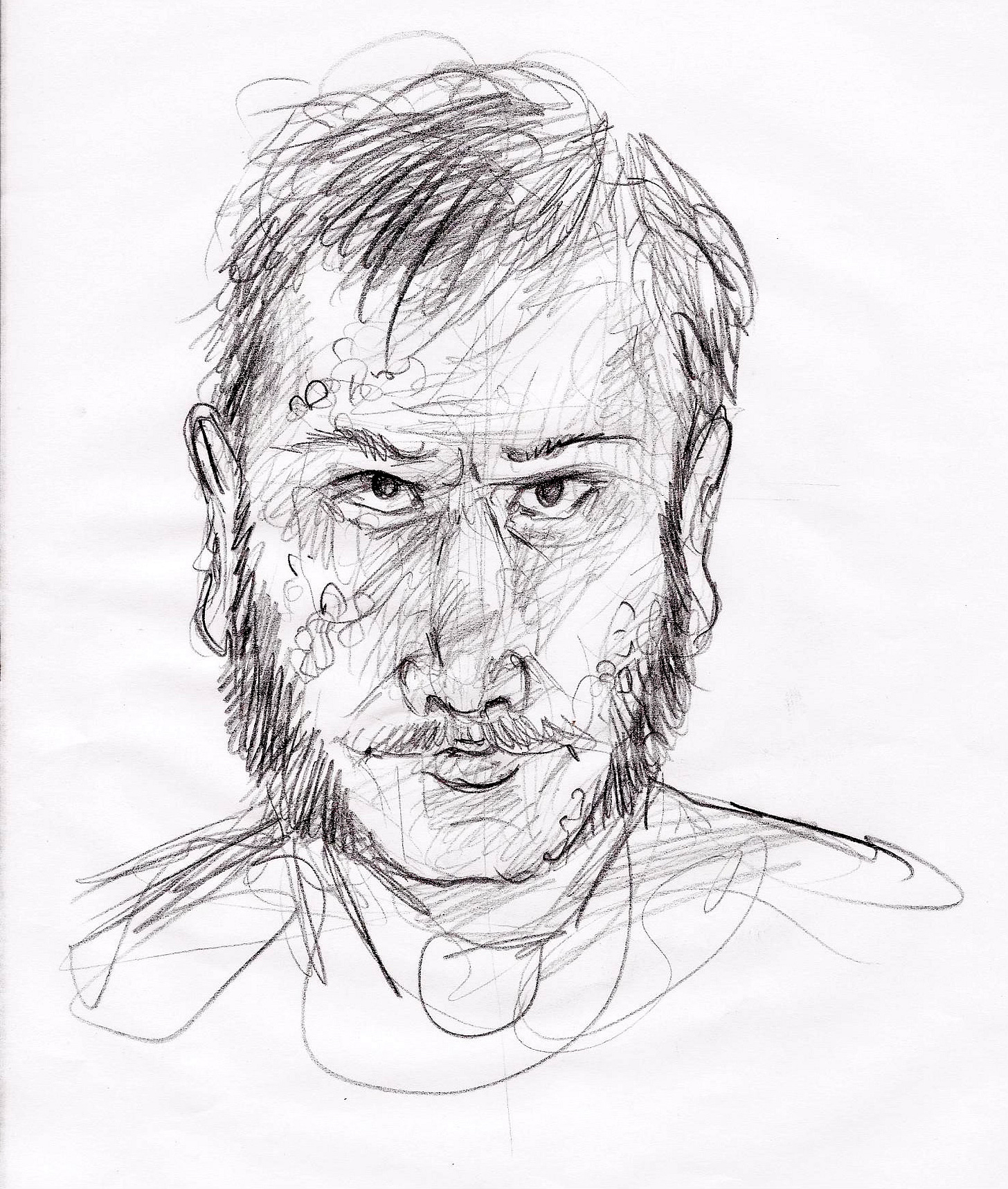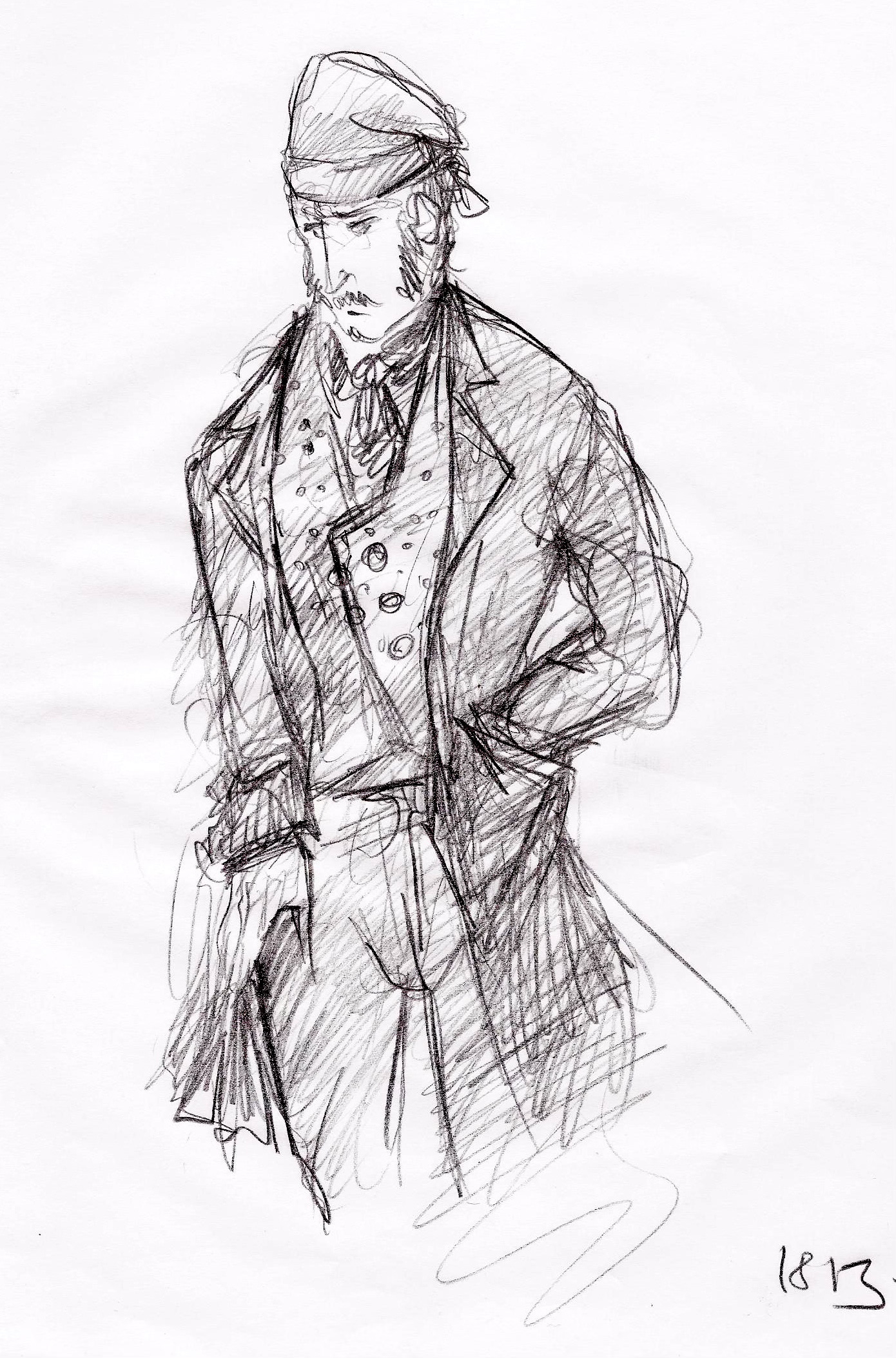Announcement: My Book on Lower Austria will be Out in June 2025
After a decade of research, the results--incl. a picture postcard--will be published by Routledge within half a year
Dear readers,
as you can imagine, I’ve been quite busy writing my latest academic monograph—which I’ve announced about a year ago:
As it happens, I’ve submitted the manuscript in late November and fixed the remaining “small things” (if you’ve ever published a book, you *know* what that means), and I’m happy to leave you with the book cover and a link to the publisher’s information:
From the publisher’s website, this is what my book is about (skip for more pictures):
This book studies the social consequences of bureaucratic and scientific change during the transition to modern states and societies in the Age of Enlightenment, as it explores how the Habsburg Empire deployed new ways and means to integrate existing structures into supra-regional systems of order.
Exemplarily focused on Lower Austria, the book ties together the bustling imperial capital of Vienna and its hinterlands, where there was little economic, political, and social change before 1850. Previously unused archival materials such as administrative paperwork and printed wanted notes, in combination with published educational and legal texts, allow for the analysis of how bureaucratic procedures, social norms, and scientific change contributed to increasing exchange between Vienna, regional hubs such as Krems and Zwettl, and individual seigneurial holdings. Conceiving of these dynamics as a patchwork-in-progress, this study investigates state-making dynamics by transposing centralising norms and practices into everyday administration. It looks carefully at the intersections of local/central authority, offering a way beyond binary centre-periphery assumptions.
This volume will be of interest to scholars of the history of state-making in and beyond Europe. Its up-to-date discussion of the pertinent historiography will also be useful for undergraduate and graduate students and teachers of comparative politics.
Will there be Postcards in the Book?
Of course there is a specimen from the Erich Sonntag Postcard Collection in the book, and I’ve written about it here:
You Promised Pictures…here you go!
Today’s posting is a wee bit different as I managed to obtain consent from my friend, the artist Florian Köhler (see his work at his website) to use one of the sketches he made based on 18th-century wanted notes—my book’s primary source base—as the cover image.
While you knew this by the time you reached this line, I’m also sharing a selection Florian’s other sketches for good measure (and I’m including my translations of the wanted notes).
We’ll start with another version of the wanted fugitive adorning (sic) the book cover:
‘Joseph’, a fugitive wanted on murder charges and of whom only his first name was known. He is described as ‘of [a] large, middling figure with dark brown, somewhat curly hair and equally coloured, large eyebrows, pockmarks on his cheeks, age c. 30, speaks German and little, if poorly [etwas Corrupt], Bohemian; he wears a red shirt with yellow buttons, black, worn undergarments, and shoes or boots.’ He is furthermore described as showing ‘no corporal deficiency’ while additional particulars of interest are mentioned, too: his wife was said ‘to reside near “Peterwardein in Hungary’ (today: Petrovaradin, a ward of Novi Sad, Serbia) who ‘speaks German poorly, a little Hungarian, and no Bohemian’ (Czech). Although the wanted note is silent as to why Joseph’s wife makes an appearance, she, too, is described in quite some detail as ‘of middling stature, with black hair and eyebrows, some pockmarks in the face, and with small eyes’. As to her outward appearance, the circulaire mentions ‘a black velvet bonnet, [she] wears a collar, bodice [Mieder], wears a brown-white greying shirt with metal buttons, a flannel jacket, a blue apron without flap, black stockings, and red shoes’.
Source: StiAZ Gobelsburg, Judicialia 19, circulaire, Krems, 22 Nov. 1756.
Next up, a fierce criminal described in 1776:
[This case] revolves around the theft of goods worth 12 fl. from among the subjects of Heiligenkreuz Abbey, carried out by three yet unknown perpetrators—and it too offers such new information. The first of them is described as wearing a ‘grey waist slip with white buttons, a red shirt, has a broken or chipped tooth and some pockmarks, pale-faced, and of middling figure, age c. 24’; the other is described as ‘tall, wearing a brown peasants’ waist slip with tassels, is dark-faced, has big eyes and a crooked nose, age 30’ while the third is referred to as ‘small and fat, dark brown-faced’ and also wearing peasants’ attire.
Source: StiAZ Gobelsburg, Judicialia 19, wanted note, Krems, 6 July 1776.
Finally, I’ll give you—Joseph Langer, a delinquent wanted in 1813:
[This is from] the description of a gang of robbers, which first came to the attention of the authorities under investigation by the Moravia-based Troppau (Opava, Czechia) criminal court who were looking for, among others, the following two men:
Joseph Langer, among the gang also known as Jup of Capuchin, a miller by profession, said to a native of Langendorf in Prussia [today Wielowieś, Poland]. Under the pretence that he had lost his customers, he used to work in mills for a fortnight under various names, and in this manner, he obtained several customers under different names. He is 35 to 36 years of age, his appearance displays fierceness and audaciousness, he has an elongated, pale face, black eyes, black cropped hair, beard, and whiskers. He changes his clothes to make himself unrecognisable and is soon dresses as a miller in the usual miller’s clothes, but mostly he uses very nice urban clothes. Most recently he wore a green cloth cap lined with grey lamb and trimmed with a two-finger wide gold fringe, or a round hat, a black silk scarf, a yellow woollen waistcoat with red polka dots, also a brown cloth waistcoat, a brown cloth overcoat or a heavy cloth tailcoat, similar legwear, but also dark green cloth legwear, calfskin boots with tassels, a black-grey cloth coat with a large collar and matching [i.e., large] buttons. He speaks German with a Prussian-Silesian accent.
Source: StiAZ Gobelsburg, Judicialia 20, no. 2,356/561, Vienna, 30 April 1813 (emphases mine).
He’s described as carefully changing his clothes, hence Florian Köhler made a second sketch showing him wearing a miller’s attire:
So, I do hope you’ll enjoy these pictures, too, and perhaps you’d like to pay a visit to Florian’s website.
Next up—back to a more “regular” or expectable kind of imagery. Stay tuned.











Congrats Stephan! Australia puts photos of convicts on wine bottles lol: https://aus.19crimes.com/pages/the-gang
Excellent
When I think about the old wanted posters, I think of the movie Tangled.
“Now they’re just being mean!”
Lol